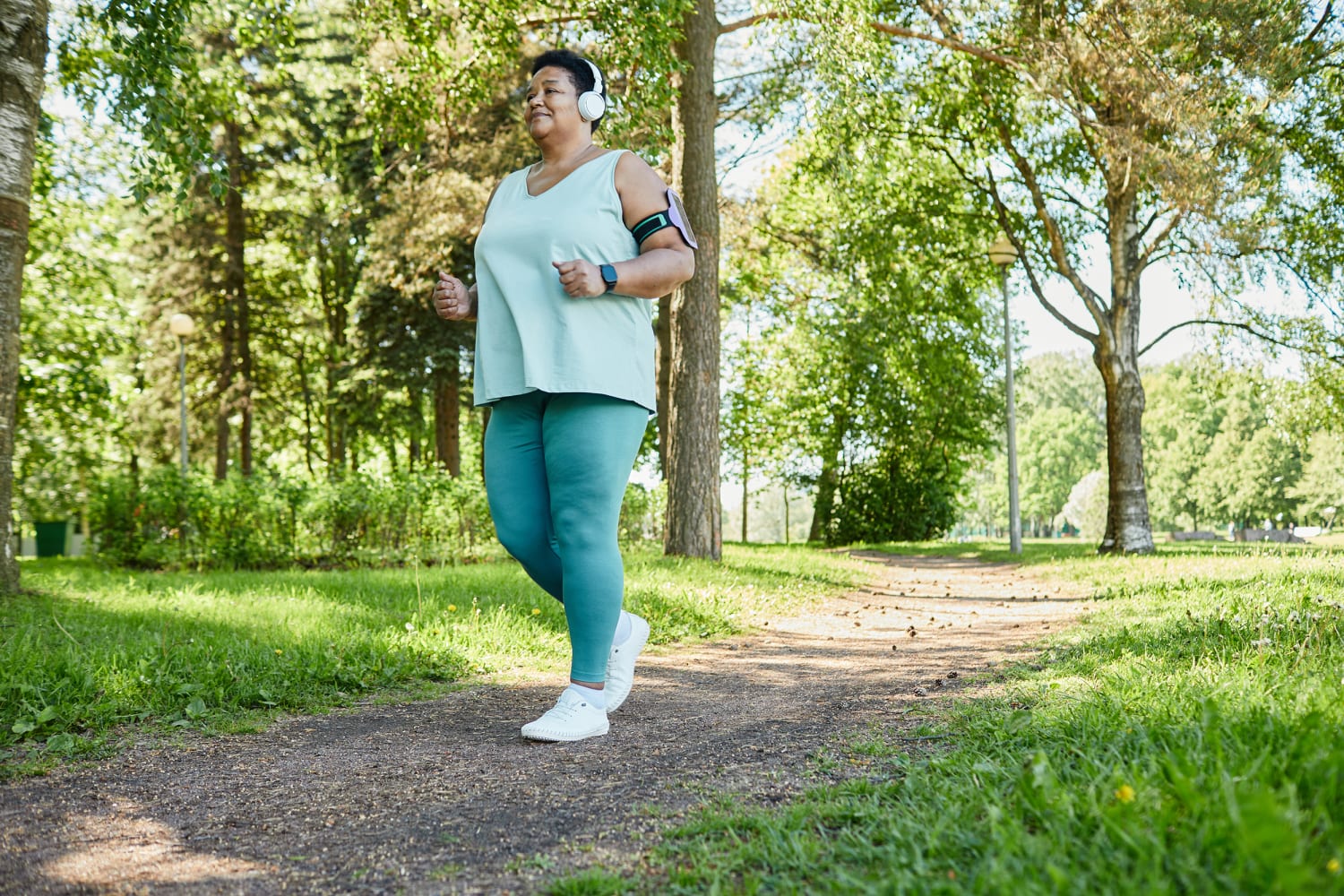
Running is a sport that is visibly increasing in popularity. The simplicity of this sport and its health benefits fuel the motivation to put on your shoes and go for a run.
Unfortunately, as with many things, a huge number of myths related to running circulate through word of mouth and personal anecdotes. In this series of blog articles, we're setting the record straight by demystifying some key aspects of running.
What is the best running technique? It doesn't exist.
However, certain running behaviors can minimize the risk of injury.
The priority is to reduce the speed of the impact force of the foot on the ground. The technical factor of running that causes injuries is not the amount of force that hits the ground, but rather the speed at which this force hits the ground. This is what we call the impact force rate. Studies have shown that the noise we make while running is a good indicator of this impact force rate.
We must therefore do two things when we run:
- 1) Take small steps. Try to aim for between 170 and 190 steps per minute.
- 2) Run with less noise when your foot hits the ground.
These two actions reduce the speed of the impact force when running, which in turn decreases the chance of injury.
Should you run on your toes or your heel?
Research has not been able to provide a definitive answer to this question yet.
The focus should not be on running on your toes or your heel, but rather on taking small steps and making less noise. So, if you succeed with these two small tips, it doesn't matter if it results in a heel strike or a forefoot strike, it's not important!
However, we know that runners who heel strike have greater impact force speeds on the ground (and this is a significant factor causing injuries) in addition to taking larger steps.
To learn more...
To learn more about running, check out the podcast "Parle moi de santé" (in French) created by one of our physiotherapists, Alexis Gougeon.
Episode #1 (in French) discusses the prevention and treatment of running injuries.
Find the episode on YouTube:
Click below to listen to episodes on podcast platforms:

(4).png)
Sources:
- Anderson LM, Bonanno DR, Hart HF, Barton CJ. What are the benefits and risks associated with changing foot strike pattern during running? A systematic review and meta-analysis of injury, running economy, and biomechanics. Sports Medicine. 2020 May;50(5):885-917.
- Huang Y, Xia H, Chen G, Cheng S, Cheung RT, Shull PB. Foot strike pattern, step rate, and trunk posture combined gait modifications to reduce impact loading during running. Journal of biomechanics. 2019 Mar 27;86:102-9.
- Wang J. (2020). Effects of 12-week cadence retraining on impact peak, load rates and lower extremity biomechanics in running. PeerJ.
- Tate JJ (2017). Sound-intensity feedback during running reduces loading rates and impact peak. journal of orthopaedic & sports physical therapy.
Our clients' satisfaction is our priority.
At Physioactif, excellence defines our approach. But don't take our word for it, see what our patients are saying.
Discover our physiotherapy clinics
We have multiple locations to better serve you.
Blainville
190 Chem. du Bas-de-Sainte-Thérèse Bureau 110,
Blainville, Quebec
J7B 1A7
Laval
Montreal
St-Eustache
Vaudreuil
21 Cité-des-Jeunes Blvd. Suite 240,
Vaudreuil-Dorion, Quebec
J7V 0N3
Book an appointment now


